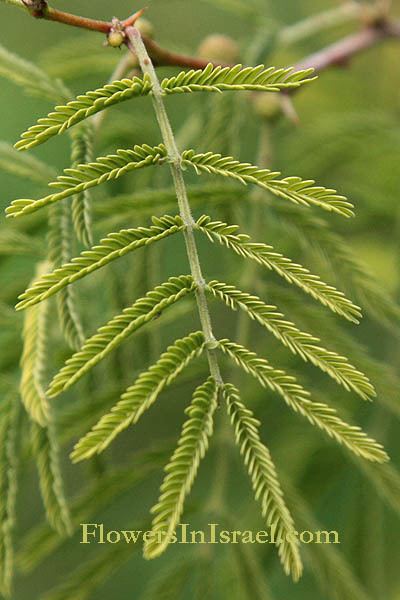Kingdom Plantae Subfamily Mimosoideae Scientific name Acacia Rank Genus | Family Fabaceae Tribe Acacieae Higher classification Legumes Order Fabales | |
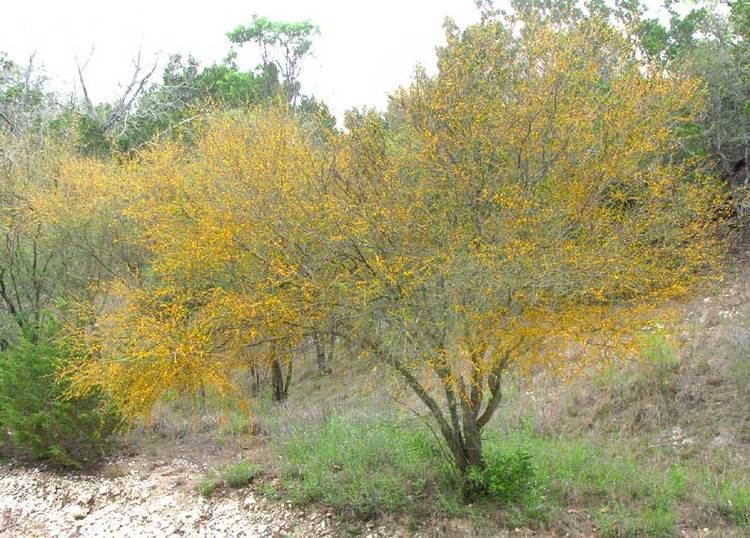 | ||
Lower classifications Sweet Acacia, Vachellia tortilis, Vachellia seyal, Vachellia caven, Vachellia erioloba | ||
Acacia (/əˈkeɪʃə/ or /əˈkeɪsiə/) is a monophyletic genus of flowering plants in the legume family, Fabaceae, commonly known as thorn trees or shittah trees. The genus name is derived via Latin from ancient Greek ακακία (akakia). It was the name used by Theophrastus and Dioscorides to denote thorn trees, the word root being ἀκίς (akis) or ἀκή (akḗ), meaning "thorn" and "point" respectively. Before discovery of the New World, Europeans in the Mediterranean region were familiar with several species of Acacia, which they knew as sources of medicine, and had names for them that they inherited from the Greeks and Romans. This genus is now known as Vachellia.
Contents
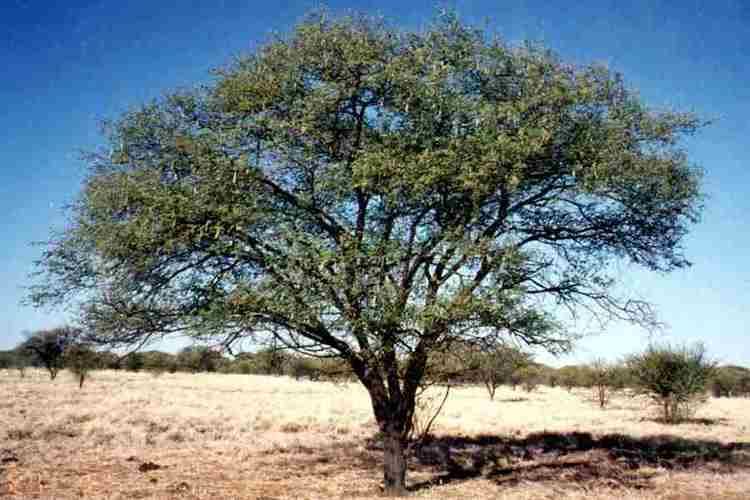
The wide-ranging genus occurs in a variety of open, tropical to subtropical habitats, and is locally dominant. In parts of Africa, Acacias are shaped progressively by grazing animals of increasing size and height, such as gazelle, gerenuk and giraffe. The genus in Africa has thus developed thorns in defence against such herbivory.
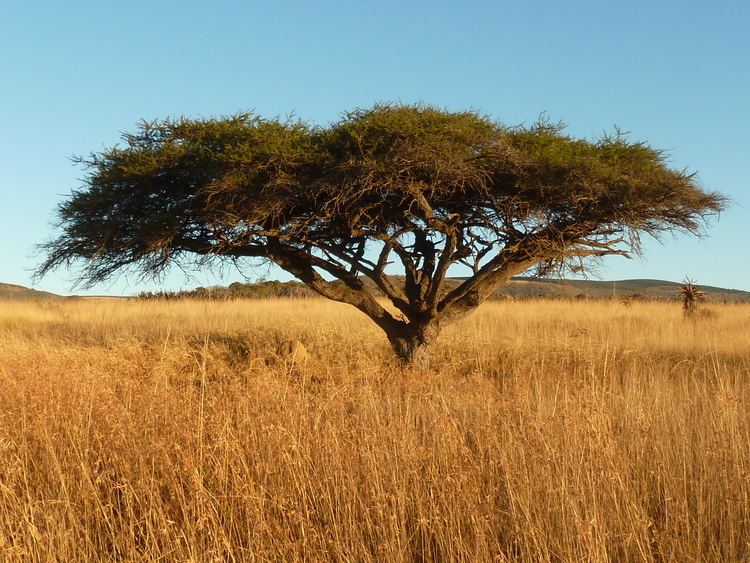
Nomenclature
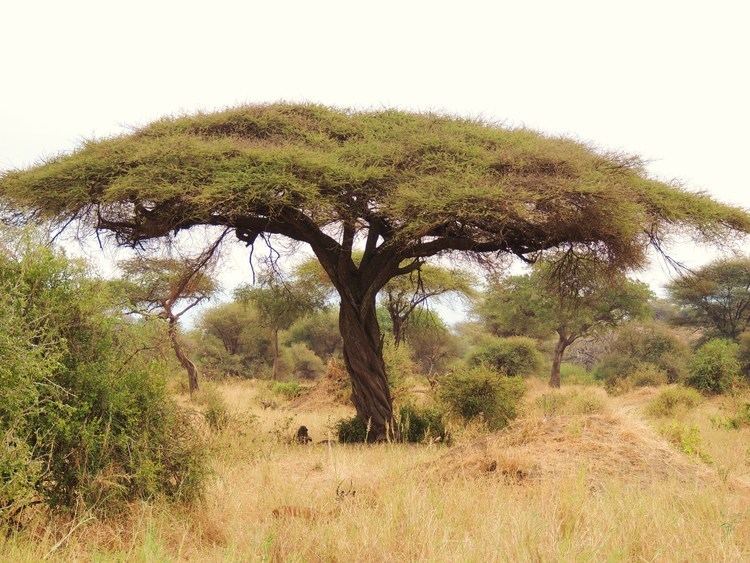
The ICN provides that under the rules, the name Acacia follows the original type if Acacia sensu lato is dismantled. However, in 2005, the General Committee of the IBC decided that Acacia not be used for this genus. This decision was opposed by 54.9% or 247 representatives at its 2005 congress, while 45.1% or 203 votes were cast in favour. However, since a 60% vote was required to override the committee, the decision was carried, and a nom. cons. propositum was listed in Appendix III (p. 286). The 2011 congress voted 373 to 172 to uphold the 2005 decision, which means that the name Acacia and a new type follow the majority of the species in Acacia sensu lato, rather than this genus. However, some members of the botanical community remain dissatisfied.
Description
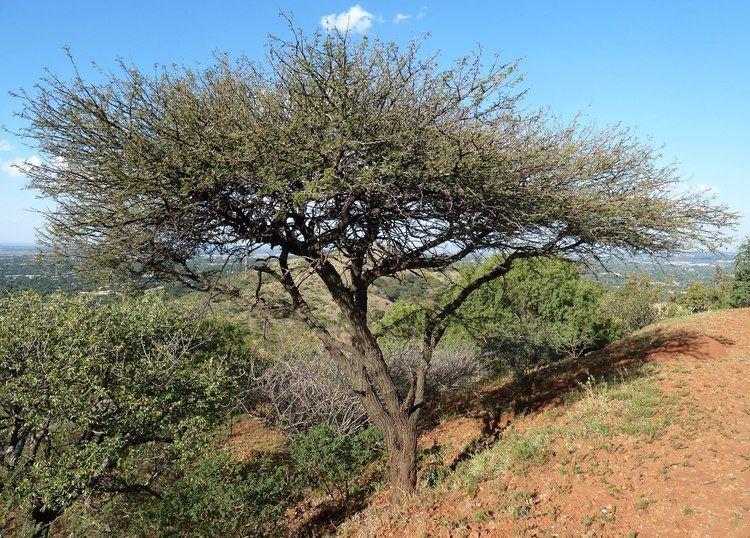
They are trees or shrubs, sometimes climbing, and are always armed. Younger plants, especially, are armed with spines which are modified stipules, situated near the leaf bases. Some (cf. A. tortilis, A. hebeclada, A. luederitzii and A. reficiens) are also armed with paired, recurved prickles (in addition to the spines). The leaves are alternate and bipinnately arranged, and their pinnae are usually opposite. The racemose inflorescences usually grow from the leaf axils. The yellow or creamy white flowers are produced in spherical heads, or seldom in elongate spikes, which is the general rule in the related genus Senegalia. The flowers are typically bisexual with numerous stamens, but unisexual flowers have been noted in A. nilotica (cf. Sinha, 1971). The calyx and corolla are usually 4 to 5-lobed. Glands are usually present on the rhachis and the upper side of the petiole. The seed pod may be straight, curved or curled, and either dehiscent or indehiscent.
Species list
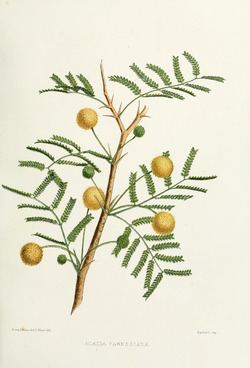
Of the 163 species, 52 are native to the Americas, 83 to Africa, Madagascar and the Mascarene Islands, 32 to Asia and 9 to Australia and the Pacific Islands.
Incertae sedis
The following species are suspected to belong to Acacia.
